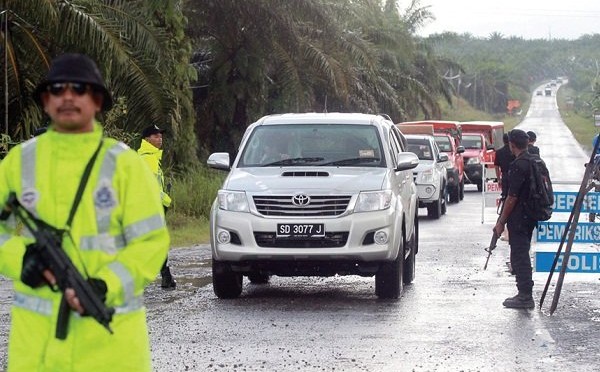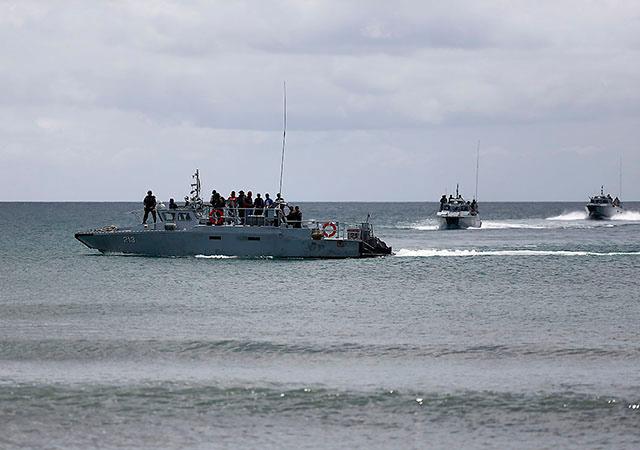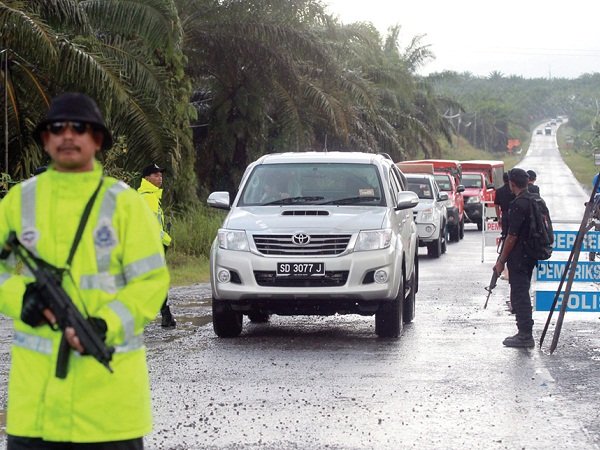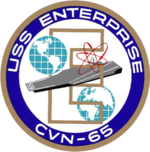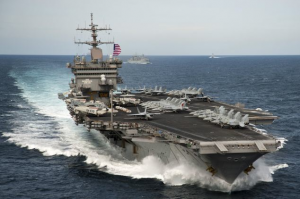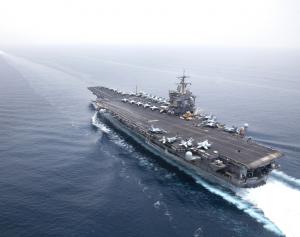By Aaron Willschick
Since the attacks of September 11, 2001, border security between Canada and the United States has become a much greater concern for both nations. Because of the many waterways that they share, the interest of border security between the neighbouring nations extends far beyond land issues. As a result of the difficulty of monitoring and regulating activities in the great lakes and other regions, maritime border security remains a significant challenge for policymakers.
Despite increased cooperation between the two countries since 9/11, recent reports and assessments suggest that there may still be significant obstacles remaining to aligning on maritime border security. A recent report published by the U.S. Department of Homeland Security released last fall calculated that there is a low risk of terrorism against North American shipping and ports, and along shared waterways. The report goes on to state that maritime attacks by al-Qaeda or its affiliates are rare and have only occurred in the Middle East and East Asia. The high level of marine transport system governance and law enforcement in North America creates a less-permissive maritime environment for carrying out attacks, according to the report.

However, this U.S. government report stands in stark contrast to an assessment handed down by Defence Research and Development Canada in January 2012. This review concluded that the threat to Canada’s maritime borders has increased. It came to this conclusion by analyzing the terror risk posed by millions of small boats in high-traffic border regions such as the Great Lakes and St. Lawrence Seaway, and against targets such as bridges and nuclear power plants. The Canadian report concluded that Canada has no coherent strategy for dealing with this growing national security threat in high-traffic border regions.
When comparing the two reports, the results are rather perplexing. The sharp differences in the assessments are alarming given the increased cooperation between Canada and the U.S. on border issues and the fact that they share so many expansive waterways. It is also surprising given the high-tech coordination that the governments have begun using to monitor activities over the waters. Radar systems are now used over the Great Lakes to track hundreds of ships and boats simultaneously, as well as analyzing their behavior and to alerting law enforcement officials to anything suspicious. Such a system flags any encounter between vessels, such as a meeting in the middle of Lake Ontario between boats from opposite sides of the border.
With so much coordination between governments, technological resources dedicated directly to monitoring and acknowledgement of the issue of maritime security, how could the two countries’ reports come to such different conclusions?
The difference between reports suggests that there is a clear lack of agreement on the terms and scope of threat. More troubling, it creates concerns that there are other areas in which Canada and the U.S. need better coordination and awareness regarding maritime security, and that there needs to be a greater acknowledgement of maritime security as an inter-state, cross-border concern. The only avenue for improving the security of waterways is by working closely with neighbouring nations through a close exchange of information, ideas and best practices. With maritime security a key component of its security doctrine, NATO could play a vital role facilitating such cooperation. It could provide the forum for not only acknowledging maritime security’s importance, but it could also be the forum for a clear exchange of ideas, best practices, and standardized threat conceptualizations.
If Canada and the United States are going to come to such drastically different conclusions in their own governmental reports, then perhaps a NATO-led evaluation could yield a more uniform approach. With NATO no longer as active as it once was as a military organization, functioning as a strong forum for collaboration between members on specific security concerns such as maritime security would be an ideal role for the Alliance. Leveraging the advantages of working through NATO would be highly beneficial in this instance, especially as the issue of maritime security is an ever-present security concern that is likely to become even more prevalent over time.
Aaron Willschick is a graduate of the MA program in European, Russian and Eurasian Studies at the University of Toronto’s Munk School of Global Affairs. He also holds an MA degree in political science from York University and a BaH from York University’s Glendon College. His research interests include the European Union, European security and defense policy, NATO enlargement to Eastern Europe, and democratization. He has extensive experience in policy and research, and worked as a trade assistant at the U.S. Consulate in Toronto and a research assistant to well-known Canadian author Anna Porter and York University political science professor Heather MacRae.
Disclaimer:
Any views or opinions expressed in this article are solely those of the authors and the news agencies and do not necessarily represent those of the Atlantic Council of Canada. This article is published for information purposes only.
This article was cross-posted by permission from the Atlantic Council of Canada and appeared in original form here.

